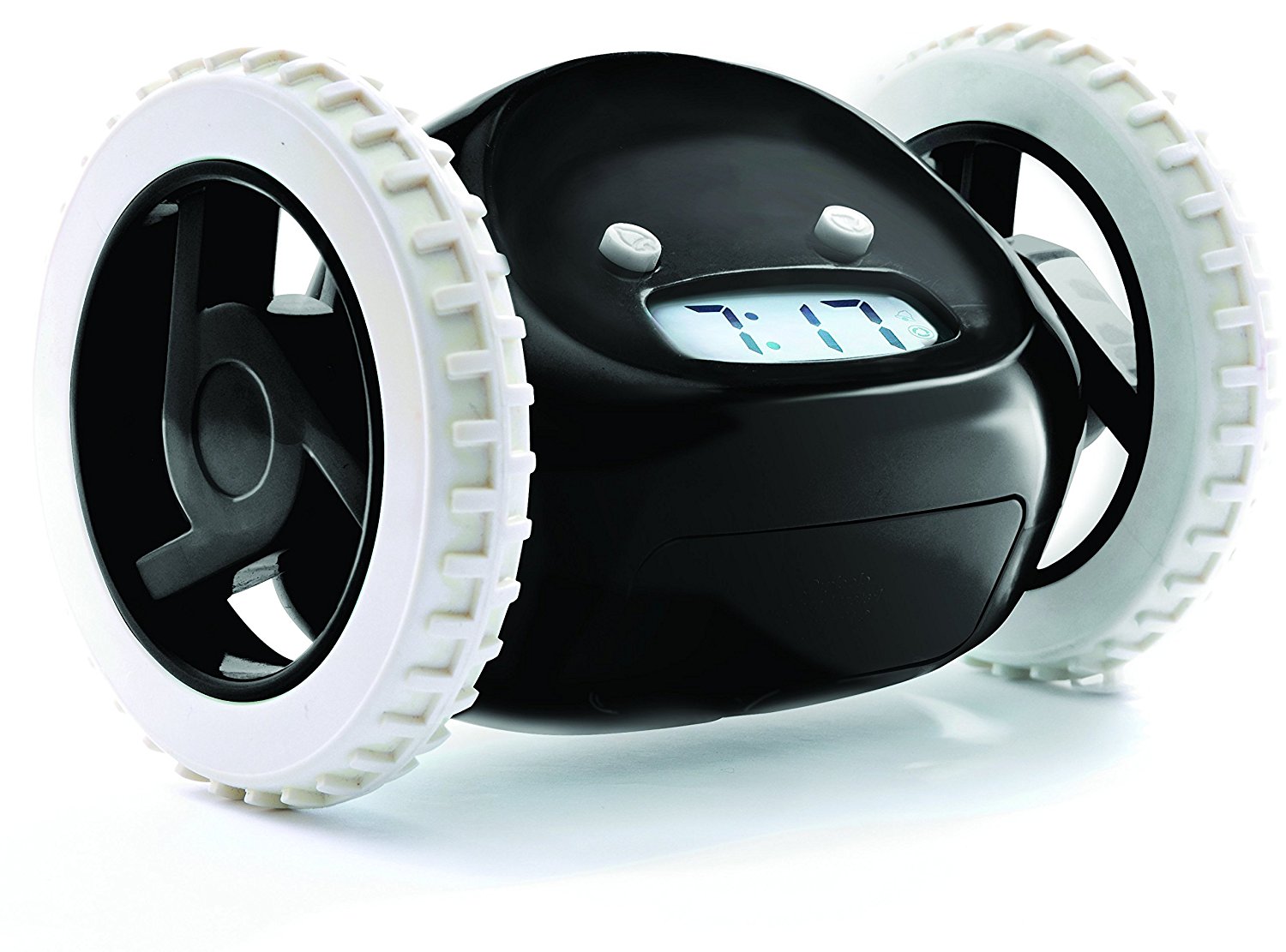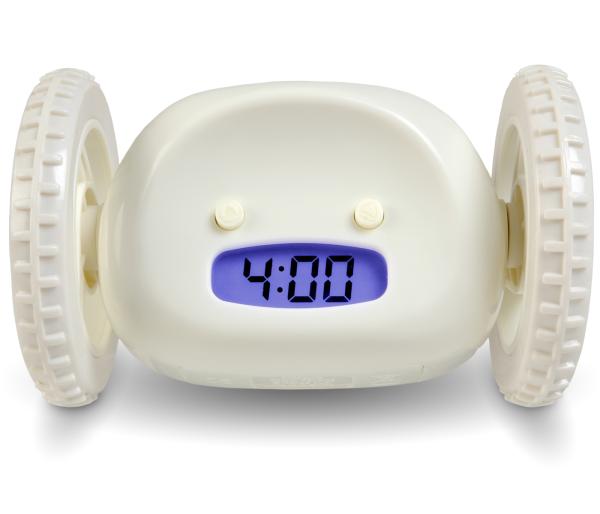

What's outwardly a low-impact $10 commitment is actually the source of deep feelings because sleep is so central to our lives." (According to the case, 57 percent of 25- to 34-year-olds hit the snooze button daily in order to get an extra nine minutes of shut-eye in the morning.

Over time they end up developing a negative emotion to that alarm clock. When I poll students in class and ask how many people are chronic snoozers, lots of hands go up. "And that reaction is generally negative. "Because waking up on time is so important, and for some people so difficult, they end up developing an emotional reaction to an alarm clock, even if it's something they don't outwardly express," Ofek says. We rely on it every morning, but we resent the living daylights out of it. It's the last thing we see when we go to sleep, and the first thing we see when we wake up. "For some reason, we had relegated the alarm clock to be a low-involvement, low-cost item with no emotional involvement, albeit with a very specific function," Ofek says.īut for most of us, our relationship with alarm clocks is both intimate and codependent. Until Clocky, there hadn't been any major innovations in the alarm clock market since the 1950s, when General Electric-Telechron started selling clocks with snooze buttons.
#CLOCKY FULL#
Is it better to partner with an American product design firm and risk prohibitive expense, or to team up with a less-expensive overseas firm and risk the inherent quality control and communications issues? (Nanda, who was able to launch the product with seed money from family members, retained full design control but subcontracted production to an Asian firm.).Should the product be sold at big-box stores or through upscale specialty boutiques? (Nanda stuck with small museum shops and specialty catalogs at first, in spite of all the advance publicity.).The cases deal with universal entrepreneurial consumer product questions:


In the case "Clocky: The Runaway Alarm Clock" (with Eliot Sherman) and the follow-up case, "Nanda Home: Preparing for Life after Clocky" (with Jill Avery, HBS DBA'07), Ofek explores the challenges that Nanda faced in designing, positioning, marketing, and selling the animated snooze-button thwarter, as well as the challenge of expanding the company's product line. "I was looking for new products and innovations that were unexpected successes-things that you wouldn't anticipate to catch on, and yet they did-and trying to see why that happened," says Ofek.Ĭlocky fit the bill. Times, a mention in Jay Leno's Tonight Show monologue, and a question on Jeopardy!Īround the same time, Harvard Business School Professor Elie Ofek was seeking case studies for his second-year Marketing and Innovation course. The buzz went viral, eventually garnering Clocky a photo on the front page of the L.A. She hadn't planned to publicize Clocky beyond a few photos on the course website, but several gadget aficionado blogs found the photos and linked to them. “I would kill Clocky in about two days."Īt that point, the device was just a project that Gauri Nanda, a graduate student at MIT's Media Lab, had developed for an industrial design course. The publicity was unusual, considering that Clocky wouldn't even hit the market until 2007. In the spring of 2005, media outlets from Gizmodo to Good Morning America were buzzing about Clocky, an alarm clock that jumped off the nightstand and rolled away chirping and beeping, forcing its owner to get out of bed to turn it off and stop the cacophony.


 0 kommentar(er)
0 kommentar(er)
